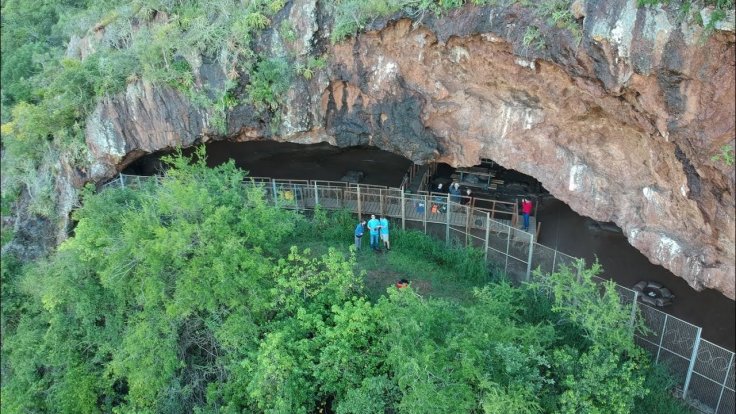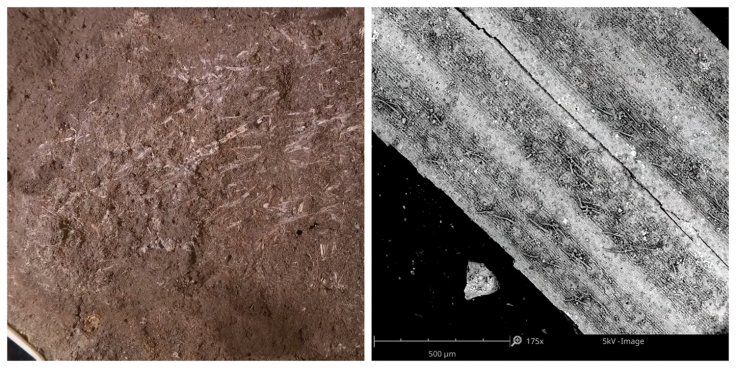When it comes to Stone Age trivia, the first thing that comes to mind is how tough the lives were of early humans. They lived in caves with no comfort and hunting or being hunted were their daily routines. But not all the assumptions are correct.
Archaeologists recently discovered traces of mattress from a South African cave that dates back about 200,000 years old to suggest that they also sought comfort and smartly designed too. They used grass and ashes to soften the bed and keep bedbugs away.
The traces of the earliest-known mattress were found at the Border Cave in the Lebombo Mountains, South Africa. The cave is located on a cliff between Swaziland and KwaZulu-Natal in South Africa.

The study of the Border Cave was conducted by researchers from the University of the Witwatersrand (South Africa), the CNRS (University of Bordeaux), Université Côte d'Azur (France), the Instituto Superior de Estudios Sociales (Argentina) and the Royal Institute for Cultural Heritage (Belgium). They found remains of bones, artifacts, tools and ochre (soft clay) in the Border Cave that helped them understand the lives of ancient humans. The research paper was published in journal Science.
Grass for Soft Beds
The evidence indicated a preserved record of on-off human occupation about 230,000 years old. Archaeologist Lyn Wadley from the University of the Witwatersrand first made the discovery of white flecks when they were investigating the site. After closely examining those flecks, they realized those were plant traces.
Further chemical analysis proved that the flecks came from 'Panicoideae' grasses that are found in the area. That led the team of researchers to believe that ancient humans brought grass to form soft padding that they slept on. Those flecks were found in a layer of sediment at the cave's bedrock along with two human teeth. Carbon dating revealed that it was around 200,000 years old.

Ashes Used to Repel Bugs
In addition to plants, human settlers in the cave also used ashes to repel bugs. Archeologists found remains of charred camphor bush. People in East Africa still use the aromatic plant to get rid of bed bugs. Researchers believe "ashes were probably used to create clean and odor-controlling the base for bedding."
"Before 200,000 years ago, close to the origin of our species, people could produce fire at will. They used fire ash and medicinal plants to maintain clean, pest-free camps. Sometimes they burned their grass bedding, and this would have killed pests and cleaned the site," said Wadley.
The researchers believe that those findings are consistent with cognitive, behavioral and social complexity of Stone Age humans. Such complexity was found in humans only 100,000 years after. "The simple strategies we have seen at the Border Cave give us a glimpse into the lifeways of people in the deep past," Wadley told Daily Mail.

Oldest Bed
Until now, the oldest known use of bed dated back to 77,000 years ago when humans used plants and grass to soften the area where they slept on. That was also found in South Africa in Sibudu Cave. Researchers also found traces of layers of plants that were possibly used as a bed in Israel that date back to over 180,000 years ago.
But not all scientists are convinced with Wadley and her team's findings. They believe the teeth that were used for carbon dating for the bedding may not be reliable. They also argue that the use of bedding alone doesn't prove that humans of that era were cognitively advanced as many animals and birds use grass to soften the sleeping area. "Sometimes such dates are not very accurate," Dani Nadel, an Israeli archaeologist told Science.









